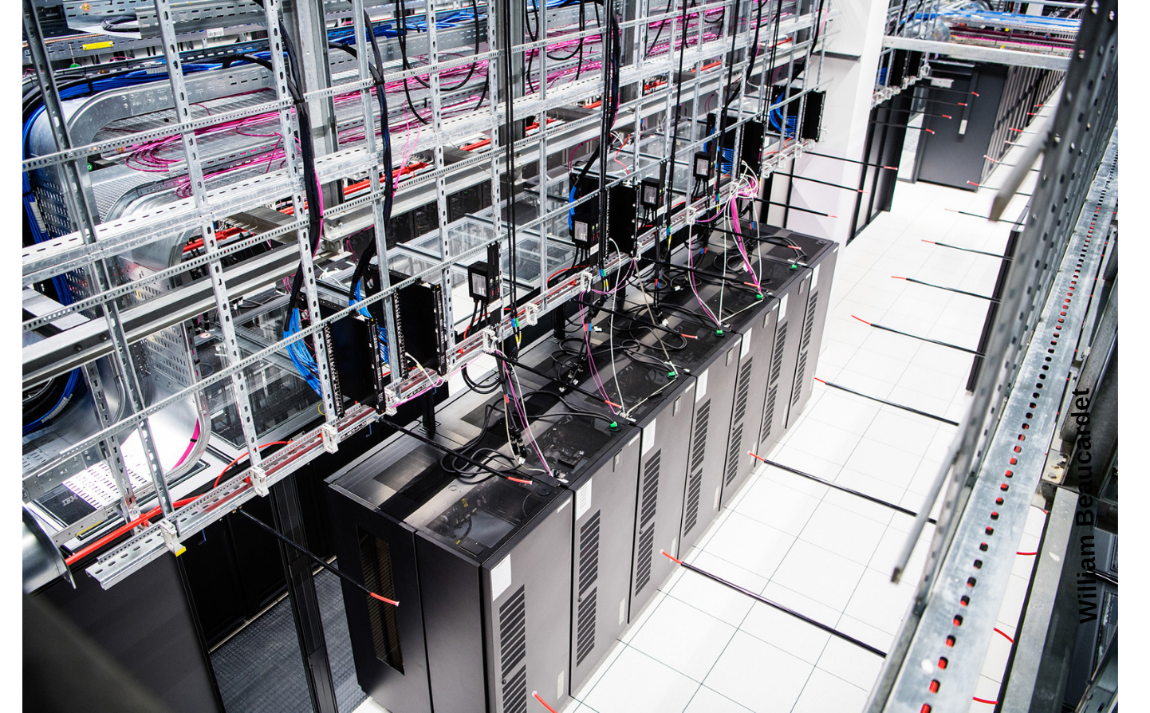- 关于我们
- 数据网络
- 通信基础设施
- 产品
-
资源中心
- 资源中心
- 文件中心
- Blog
-
成功案例
- Overview
- Innoasis development in Norway
- Eemsdelta Campus
- Hotelschool The Hague
- Emergency covid hospital, Hong Kong
- Société du Grand Paris
- Centrin Datacentres
- Airbus
- Athens Historic City Hall
- Pinewood Studios
- Goethe University Frankfurt
- Denmark New University Hospital
- 图卢兹大学
- CHM Maubeuge: a model for future-ready hospitals
- 英文博客
- 软件工具
- 质保
- 新闻及动态
- 查找
- 联系我们
- Compare
- 登录
企业网
Cabling design for traditional Enterprise data centres


Data centres come in many different shapes and sizes and with that vast differences in how cabling is used. In this article we will focus on the traditional enterprise data centres. What are its needs and how do these impact the cabling infrastructure?
For the sake of simplicity let’s say there are 3 types of data centres: enterprise, hyperscale and cloud type data centres. All of them fall under the same cabling standards. The International standard ISO/IEC makes a split between ISO/IEC 11801-5 (cabling) and ISO/IEC 14763-2 (pathways, spaces). The American TIA standard groups all under TIA-942-B.
The waning of Enterprise data centres?
The enterprise data centre is one of the most varied as well as smallest out of the 3 types highlighted above. Millions exist worldwide and they are typically designed to be used by one single owner. We do see a trend developing where enterprise data centres are moving towards a hybrid cloud model. Part of their non-mission critical applications are transferred to a private or public cloud, whilst the critical applications remain in the enterprise owned data centre. Examples are dedicated servers with their own protocols or systems which cannot be moved off their premises for security, maintenance or other business reasons.
Key issues
As the enterprise data centre is only one stage removed from traditional structured cabling, its needs are somewhat similar. The key issues for most of these customers are:
- Ease of installation so they can use a variety of technicians
- Ease of maintenance to facilitate regular Moves, Adds and Changes (MAC)
- Plans for migration since the data centre is typically a cost center that needs a strong ROI
- Cost minimization to avoid having to move to the cloud
Cabling for Enterprise data centres
The reach inside enterprise data centres tends to be shorter compared to the cloud or hyperscale ones, favouring copper and/or multimode fibre connections. The data rates are also the lowest as it is typically used to connect to dedicated servers and switches.
In the larger enterprise data centres, space constraints can be a significant problem as MAC work is considered the norm. Therefore, Ultra High Density (UHD) patch panels are common to allow for periodic maintenance and cabling evolution. A UHD panel is typically defined as one that contains an average of 144 LC connectors in 1U. These facilities must be designed with the intent to last through multiple generations of equipment, and this is one of the primary reasons that structured cabling was developed in the first place. It is also important to recognize the ongoing work that will be done by the operators (normally at the front of the rack) versus that done by the installers (normally done at the rear of the rack). Each have their own set of accessibility requirements.
Categories
我们的网站
选择你的国家查找我们的产品和解决方案
-
Africa
- Africa
- Ghana
- Ivory Coast
- Morocco
- North West Africa
- Americas
- Asia
- Europe
- Oceania
